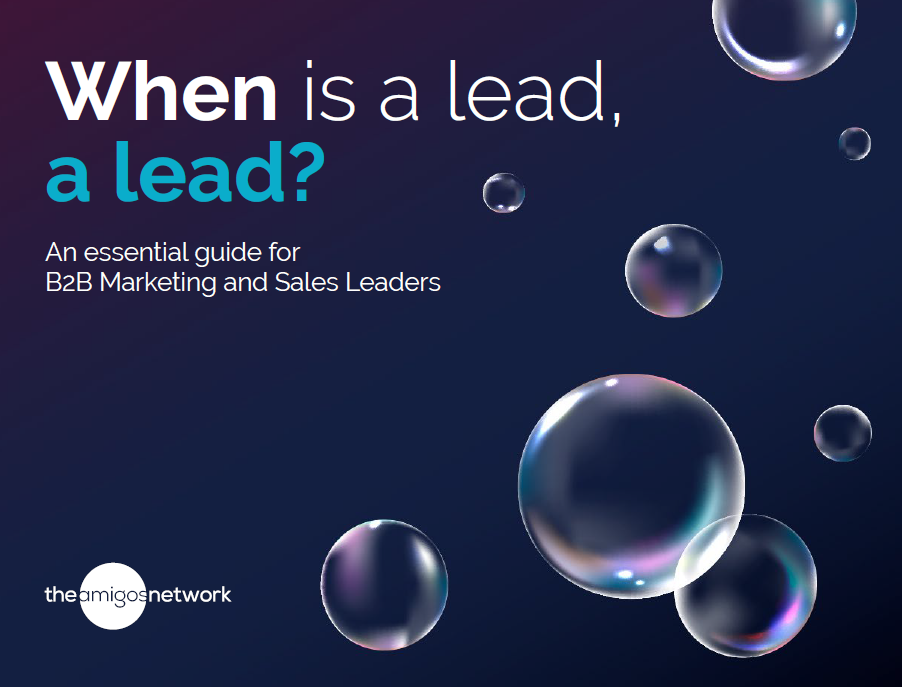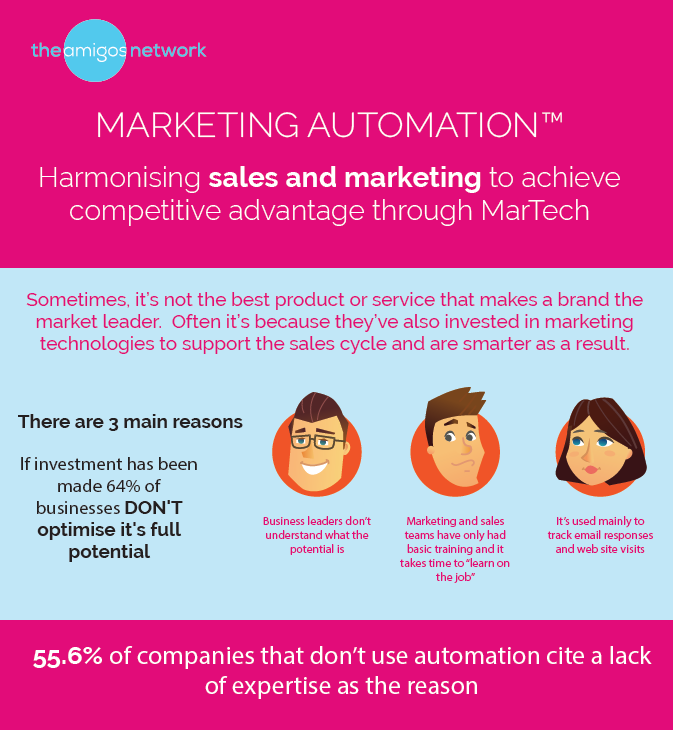Monday, September 04, 2023
In B2B technology sales, understanding the decision-making cycle of buyers is essential for sellers to navigate the complex landscape effectively.
These purchases usually involve multiple stakeholders and buying groups, making the buying process both intricate and challenging.
This article aims to highlight the stages B2B technology buyers go through, drawing particular attention to crucial factors sellers need to consider as part of demand creation programmes in order for sellers to align their lead progression strategies.
There are more complex models, but here's an outline of the 5 key stages of buyer decision-making and what sellers need to consider.
1. Problem identification
The first stage of the buyer's journey is problem identification. Buyers recognise a need or issue within their organisation that requires a technological solution. This stage involves analysing the current situation, identifying pain points and assessing the potential benefits of adopting new technology.
Seller considerations: Sellers must align their marketing efforts to addressing these pain points and position their technology as a viable solution. They need to communicate the value proposition clearly, showcasing how their product can effectively address the identified problems.
If a seller has a displacement product, they need to communicate why a buyer should move from something they’re happy with. If a disruptive technology, you may offer a great deal more than an established brand, but you will possibly be seen as a risk.
If there are no competitors, it’s quite likely potential buyers don’t even realise they have problem at all. This requires a well-thought out positioning programme before it's likely any meaningful sales will be made.
2. Research and information gathering
Once the problem is identified, research shows that buyers embark on extensive research to explore available solutions. They seek information from various sources, including industry publications, websites, whitepapers, case studies, and peer recommendations. Buyers aim to understand the market landscape, evaluate different technologies, and shortlist potential vendors.
Seller considerations: Sellers should focus on establishing a strong online presence with comprehensive and accurate information about their technology. Providing valuable content, such as thought leadership articles, demo videos, and customer testimonials, can establish credibility and influence buyers' decision-making.
This is generally where sellers focus their content creation efforts and pay minimal attention to the other stages. This poses a risk to the value chain as a whole.
Don’t take our word for it. Leading analysts state that between 70-90% of the decision to purchase has been made by the time they wish to engage with a sales person.
When you consider the average buyer gets on average 320 emails and 60-90 calls per month from sales people, it makes sense buyers prefer to predominantly do their own research and discuss with their buying group peers to bring in a shortlist of conversations.
You need to make sure you’re continually present in all the right places for them to find you.

3. Stakeholder alignment
In complex B2B technology purchases, multiple stakeholders and buying groups often play a role in the decision-making process. These stakeholders might include executives, IT professionals, end-users, finance teams and procurement departments. Achieving alignment among these stakeholders is crucial, as conflicting interests or divergent opinions can derail the decision-making process.
Seller considerations: Sellers must identify and engage with key stakeholders early in the process. They need to understand each stakeholder's unique perspective, address their concerns, and communicate the value proposition tailored to their specific needs. Providing clear and concise materials that highlight the benefits for each stakeholder group can facilitate alignment and decision-making.
One of the red flags here is when sellers are only interested in marketing to the most senior stakeholders, eg C-Suite. By not personalising content, or taking into account a wider buyer group and their role within it, risks impacting results at the back end.
4. Vendor evaluation and selection
Once the shortlisted vendors are identified, buyers move into the evaluation and selection stage. This involves assessing the capabilities, features, and benefits of each technology solution, conducting product demonstrations and requesting proposals or quotes. Buyers evaluate vendors based on factors such as product fit, reliability, customer support, implementation process, and pricing.
Seller considerations: Sellers need to differentiate their technology from competitors during the evaluation stage. Emphasising unique selling points, showcasing successful case studies and offering personalised demonstrations can help buyers understand the value of their solution. Additionally, providing transparent pricing and flexible implementation options can boost the chances of being selected.
Many sellers try to jump to this stage too soon. If a buyer is engaging in the previous stages, it doesn’t necessarily mean they are ready to buy. Marketing needs to create appropriate content and desire triggers to move them to engage at this stage.
5. Purchase and implementation
The purchase and implementation stage is where the final decision is made and the contract is signed. Buyers negotiate terms, finalise agreements, and begin the implementation process. This stage involves coordination with internal teams, IT infrastructure considerations and ensuring a smooth transition to the new technology.
Seller considerations: Sellers should focus on providing exceptional customer support during the purchase and implementation stage. Timely communication, clear documentation, and comprehensive onboarding processes can enhance the buyer's experience and ensure a successful implementation. Post-sales support and training resources are also critical to help buyers maximise the value of the technology.
Summary
The decision-making cycle for B2B technology buyers is a multi-faceted process involving several stages and considerations. Sellers must understand the dynamics of these stages to effectively engage with buyers and navigate the complexities of multiple stakeholders and buying groups.
To run successful customer acquisition programmes marketing teams, along with their content writers and media planners, need to put themselves in the shoes of their buyers at every stage in the buying cycle and to ensure they are delivering content “with purpose” for it to be a valuable resource as part of the decision-making process.
Only by aligning marketing efforts, addressing pain points, providing valuable content and offering exceptional customer support, sellers can enhance their chances of success and forge strong relationships.
Author: Max Sherwood, The Amigos Network
Email: max.sherwood@theamigosnetwork.com
How we can help
For those not fully equipped to manage the complexities of managing buyer intent, our fully managed, plug-and-play, buyer-community-led programmes puts you in front of the very buyers you seek to influence.
If you have a 2-tier sales model, imagine the power of this amplified across their existing accounts and net new prospects.
For 52 weeks of the year, we keep brands in the minds of buyers, monitor their engagement and deliver them to you at a point they are ready for a sales conversation. That sales conversation is backed by the intelligence we can present for every individual interaction.
Please get in touch and one of our team will be happy to give you a demo of how we are already doing this for vendors, distributors and partners alike.































